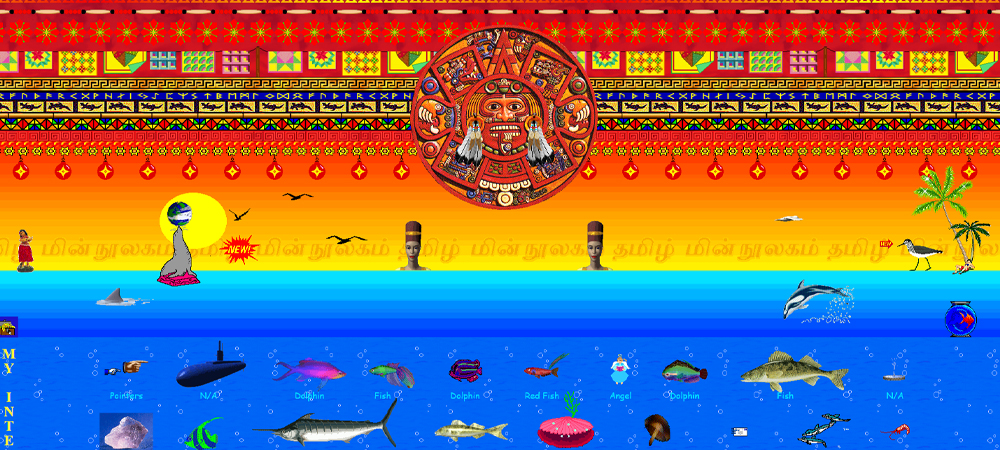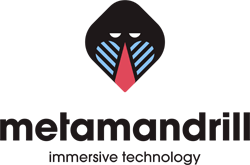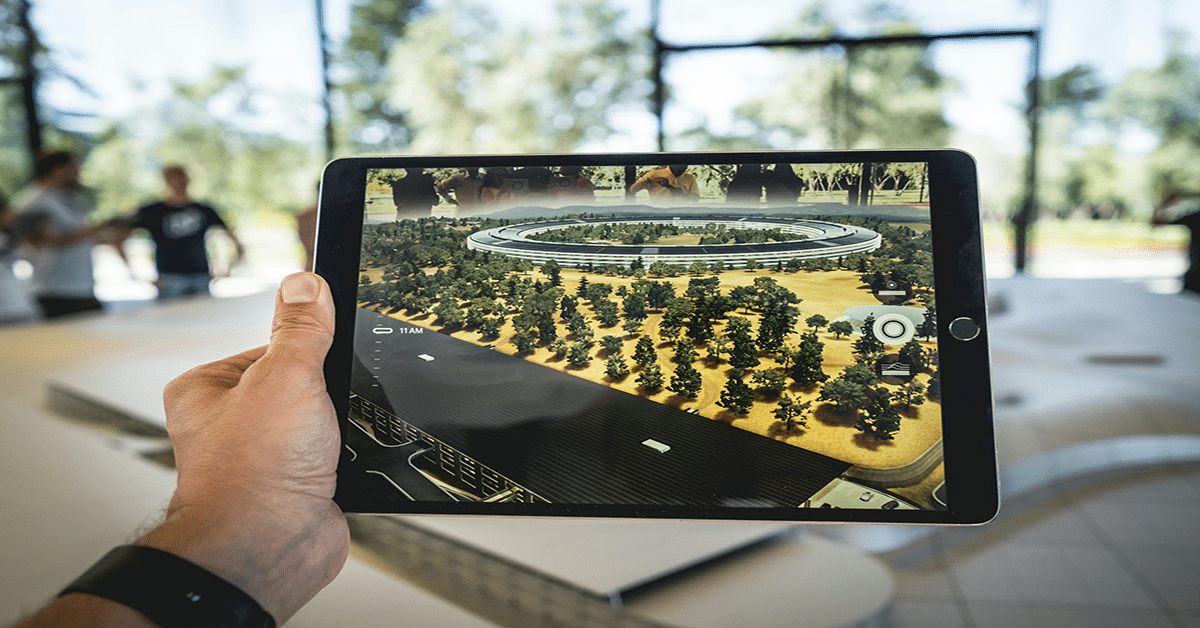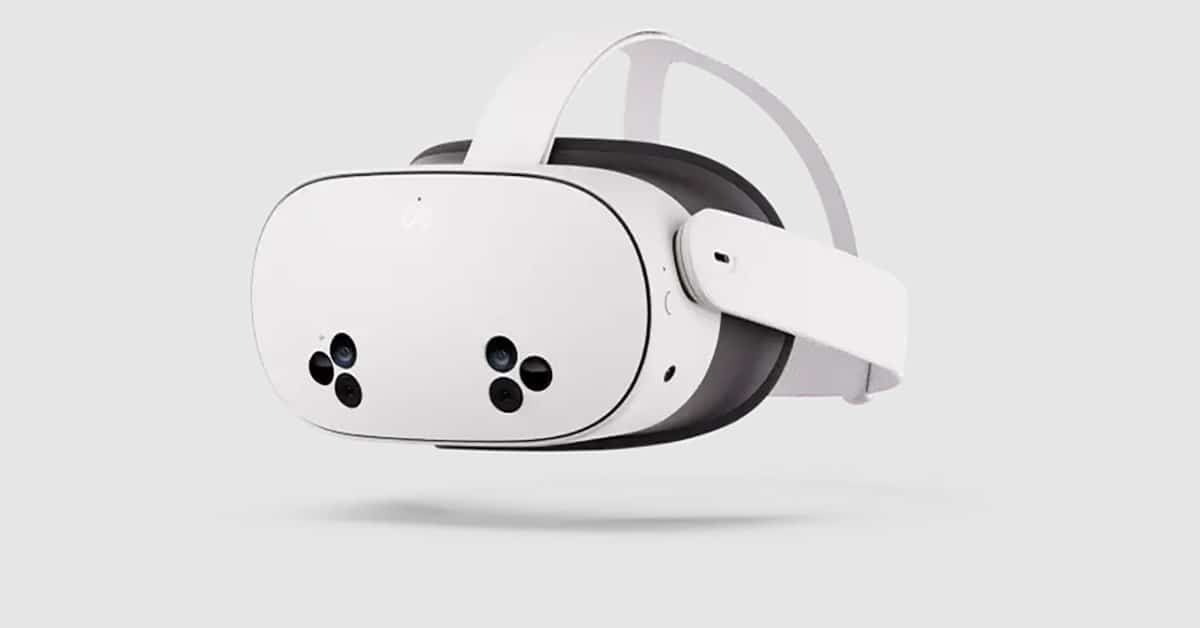Web 1.0 Web 2.0 Web 3.0 signify major turning points in the evolution of the Internet. Understanding the similarities and differences between these technologies is like understanding our past, present, and future. As crucial as these terms are, they’re seldom fully described. You’ll soon see exactly why these developments are so significant and what they mean for the future.
Quick menu:
- The Difference Between Web 1.0 2.0 3.0 in a Nutshell
- Let’s Explain Web 1.0 More In-depth
- Let’s Explain Web 2.0 More In-depth
- Let’s Explain Web 3.0 More In-depth
The Difference Between Web 1.0 2.0 3.0 in a Nutshell
Web 1.0 was primarily defined by static text and images. Web 1.0 pages seldom had many visual adornments or interactivity. Web 2.0 changed all this by making sites more interactive. It was primarily defined by users’ ability to interact with a site’s content and other users. APIs made it easier to add code to websites. Web 3.0 moved most site content into massive parallel databases. AI and semantic tech give computers more freedom to work with that data. This also makes it easier for systems to use 3D techniques to link the Web with metaverse-based implementations.
Let’s Explain Web 1.0 More In-depth
It’s essential to keep in mind just how simple the Web was in its earliest days. The movement between Web 1.0 Web 2.0 Web 3.0 was more revolution than evolution. Web 1.0 looks similar to what’s used today. But this similarity is only skin deep.
Web 1.0, Web 2.0, and Web 3.0 all use HTML (Hypertext Markup Language). Web 2.0 and Web 3.0 often use HTML generated on the fly by servers. But the HTML in Web 1.0 is all coded by hand using what’s now considered a minimal subset of HTML.
The HTML used by Web 1.0 lacks the cascading style scripting seen today. Coders could, at most, align images and embedded components by vague terms like CENTER or RIGHT- otherwise, Web 1.0 mixed text with rough embedded media. Even video streaming was only supported through proprietary 3rd party plugins like Quicktime or Realplayer.
Characteristics of Web 1.0
There are essentially four main characteristics of Web 1.0. The first is that webpages are static – scripts or outside processes do not modify them. Secondly, this static nature is further solidified because the site’s HTML essentially only files sitting on a server. This is similar to text files on a directory on your computer.
Additionally, the files can appear non-static due to server-side includes or CGI (Common Gateway Interface). But these are just links that include data from other files – like citations. And finally, Web 1.0 uses frames and tables alongside rough positioning tags to provide page layout.
Examples of Web 1.0
One of the best examples of Web 1.0 is old Geocities pages. While Geocities as a whole is gone, their content is archived online. This type of mirror is made possible because the website’s text and images are static. Both of them are simply files on a server’s drive.
Cern’s World Wide Web is the first true website. The simple text with links is a perfect example of Web 1.0.
Finally, the Cameron’s World website offers a huge collage of Web 1.0 content. It’s all material archived from the 1990s and joined together as a seamless whole.

Image attribution: Cameron’s World website
Let’s Explain Web 2.0 More In-depth
Web 1.0 was defined by pages that were static in the face of both users and servers. Web 2.0 is defined in large part by dynamic participation. Web 2.0 sites are constantly changing.
Some changes come from users clicking dynamic elements or commenting. Other changes come from the server as it pulls in information from remote databases or APIs. Yet more changes come from CSS (cascading style scripts), Javascript, and other scripting systems. These scripting systems also gave rise to full web apps. These are Web 2.0 sites that provide functionality normally restricted to desktop programs.
Much of this is possible due to servers, home computers, and mobile devices all becoming more powerful. Servers became better able to load information from databases – thousands of times per second. Web browsers were able to run scripting languages that could dynamically rewrite that information. Internet speeds also increased to handle all this.
Characteristics of Web 2.0
Web 2.0 has four major characteristics which differentiate it from Web 1.0. The first is that Web 2.0 freely sorts information independently of specific files on a server. Secondly, user interaction can dynamically change content on the site. The third point is that while discussions on a site aren’t necessary, they can still be easily enabled. The use of code blocks in an API is the fourth characteristic of Web 2.0. And finally, it’s essential to keep emergent properties in mind. This is because increased interaction and ease of use created communities around specific sites.
Examples of Web 2.0
The Web 1.0 to Web 2.0 progression can be best recognized in the rise of social media. Facebook, in particular, shows all the characteristics of 2.0. Facebook is constantly updating the information you see by accessing its databases. That information often comes from user-generated posts and discussions.
Twitter is another example of Web 2.0. It also uses dynamically generated presentations with data from online discussions.
Finally, Google Docs shows how Web 2.0 can be leveraged to create applications. When Google Docs was released, there weren’t many competitors to Microsoft Word. An online word processor changed how people saw the web.
Video: Introducing a new Google Docs
Let’s Explain Web 3.0 More In-depth
One of the most significant changes in Web 3.0 comes from how servers use the information within their databases. 2.0 saw information dynamically inserted or removed from databases to make a more dynamic version of the Internet. But with 3.0 there is a more humanlike relationship to data.
Humans record memories and work with them through our intellect. Web 3.0 sees computers not only storing data but also understanding it. Prior to this point, computers were essentially storing data, but not really understanding what most of it meant to human readers. With Web 3.0, machines have become powerful enough actually to understand what’s in their databanks.
3.0 also marks the point where data and users can be mapped into 3D views. This opens up the possibility of leveraging it through VR or other entry points for the metaverse. 3.0 is, in many ways, a literal world of living data.
Characteristics of Web 3.0
Semantic processing is a hallmark of Web 3.0. This process is how computers can parse text to understand the actual meaning. This is made possible by another characteristic of 3.0 – artificial intelligence. Both of these are further aided by connectivity between multiple nodes. Distributed processing makes it easier for computers to leverage AI to think.
3D capabilities are the next characteristic of Web 3.0. This can describe data stored as 3D arrays. That information can also be laid out in 3D landscapes to implement the metaverse. Finally, all of this is ubiquitous over multiple platforms.
Examples of Web 3.0
WolframAlpha is one of the best examples of Web 3.0. It takes a user’s plain text queries and replies based on structured data from databases and books. The platform uses advanced AI to parse and understand text written within them. And all of this is done with over 10,000 processors working together.
Google Earth provides a Web 3.0 example highlighting how 3D visualization can work with human input to create lush and interactive virtual landscapes.
Mozilla takes this one step further with Hubs. They provide a metaverse implementation that can work through VR and Web Browsers.
Video: This is the new Google Earth
For a more in-depth look into Web 3.0, read the “Web 3.0 Guide; Clearly Explained With Examples” article.
You can see that the journey between Web 1.0, Web 2.0, and Web 3.0 has been exciting. It’s gone from plain text to thinking machines and more. 3.0 is still growing, and it will create a fantastic future.
Did You Like This Article About Facebook Metaverse?
You might also be interested in the following articles:
- Metaverse Trends; Upcoming Milestones for the Digital Frontier
- Metaverse Meaning: Different Ways of Defining the Metaverse
- Metaverse Startups: 10 Compelling Metaverse Startup Companies









Leave A Comment